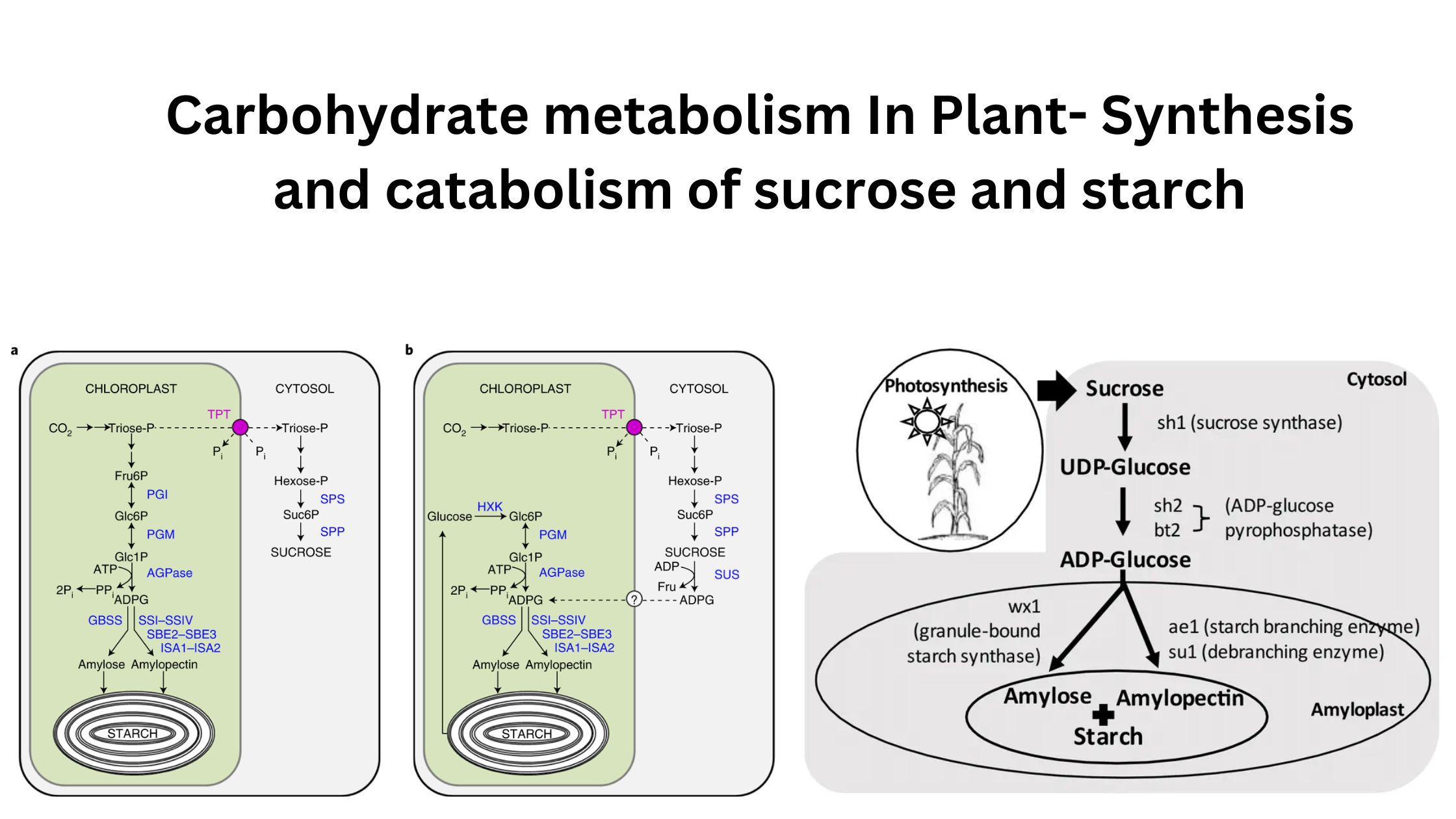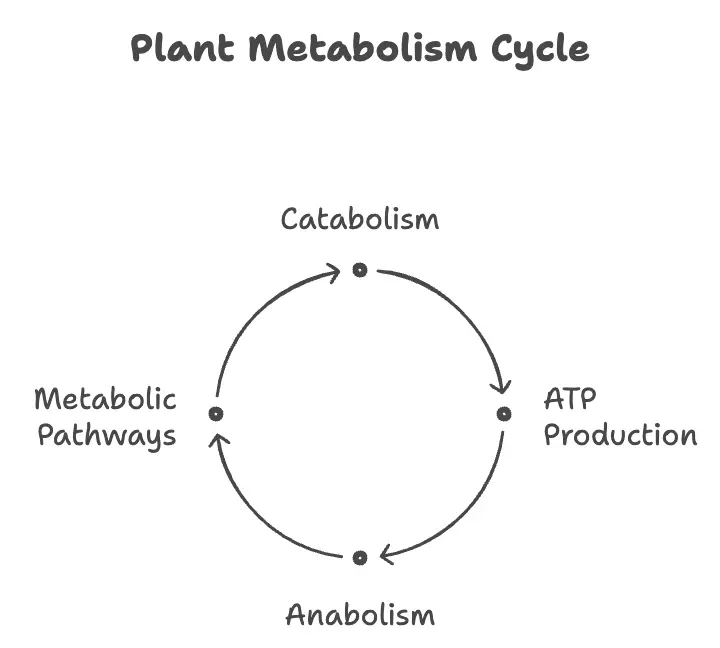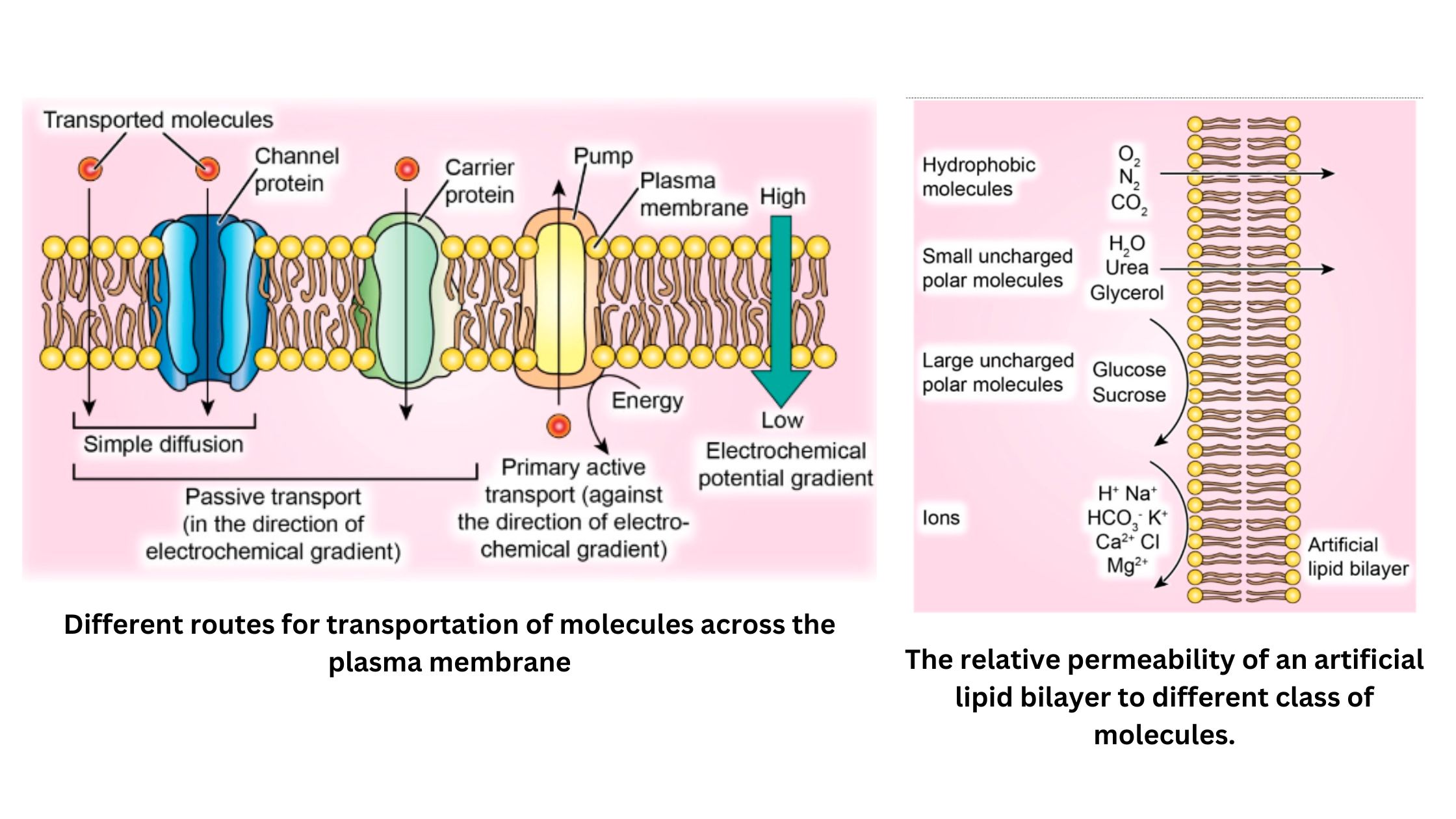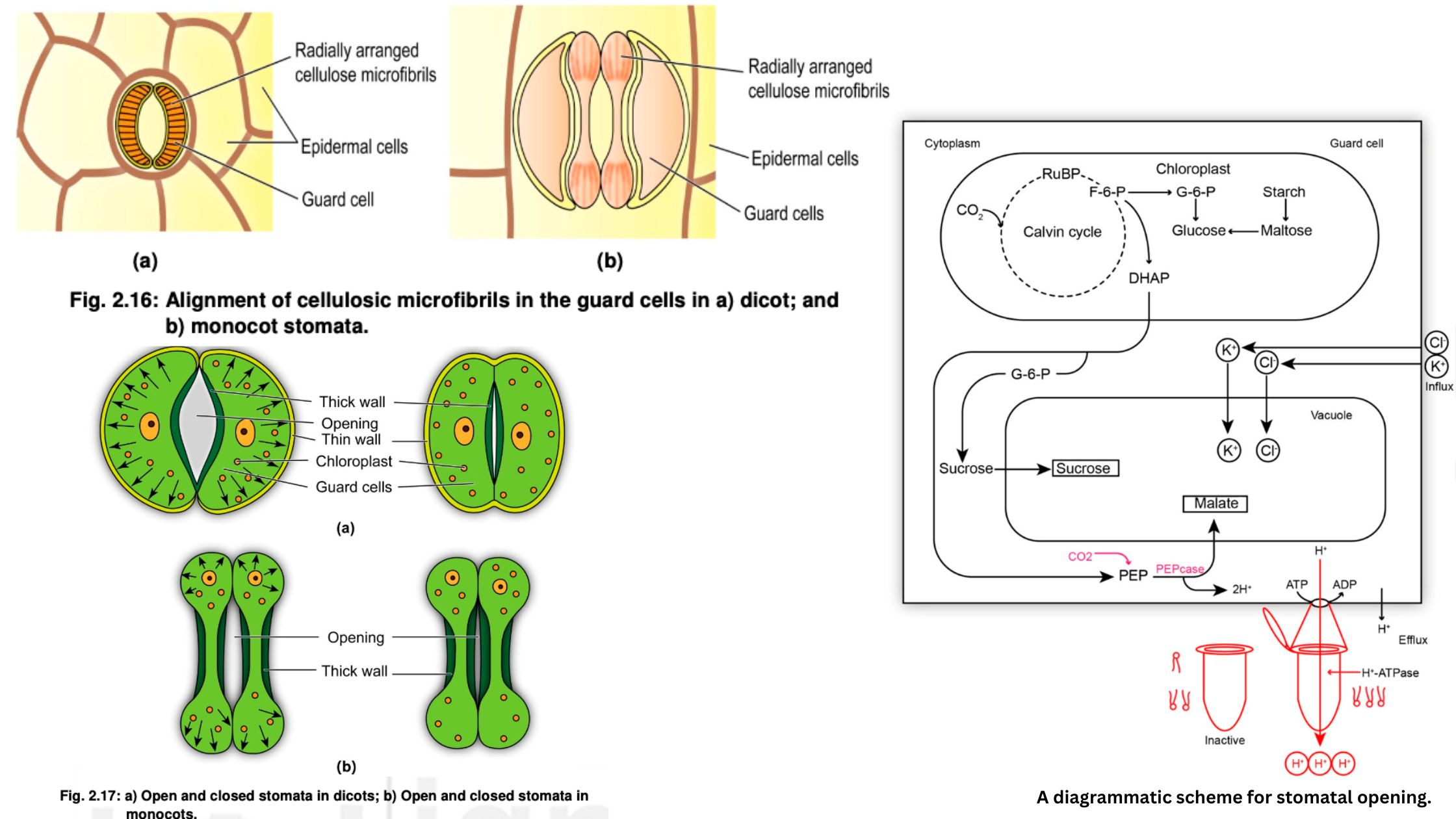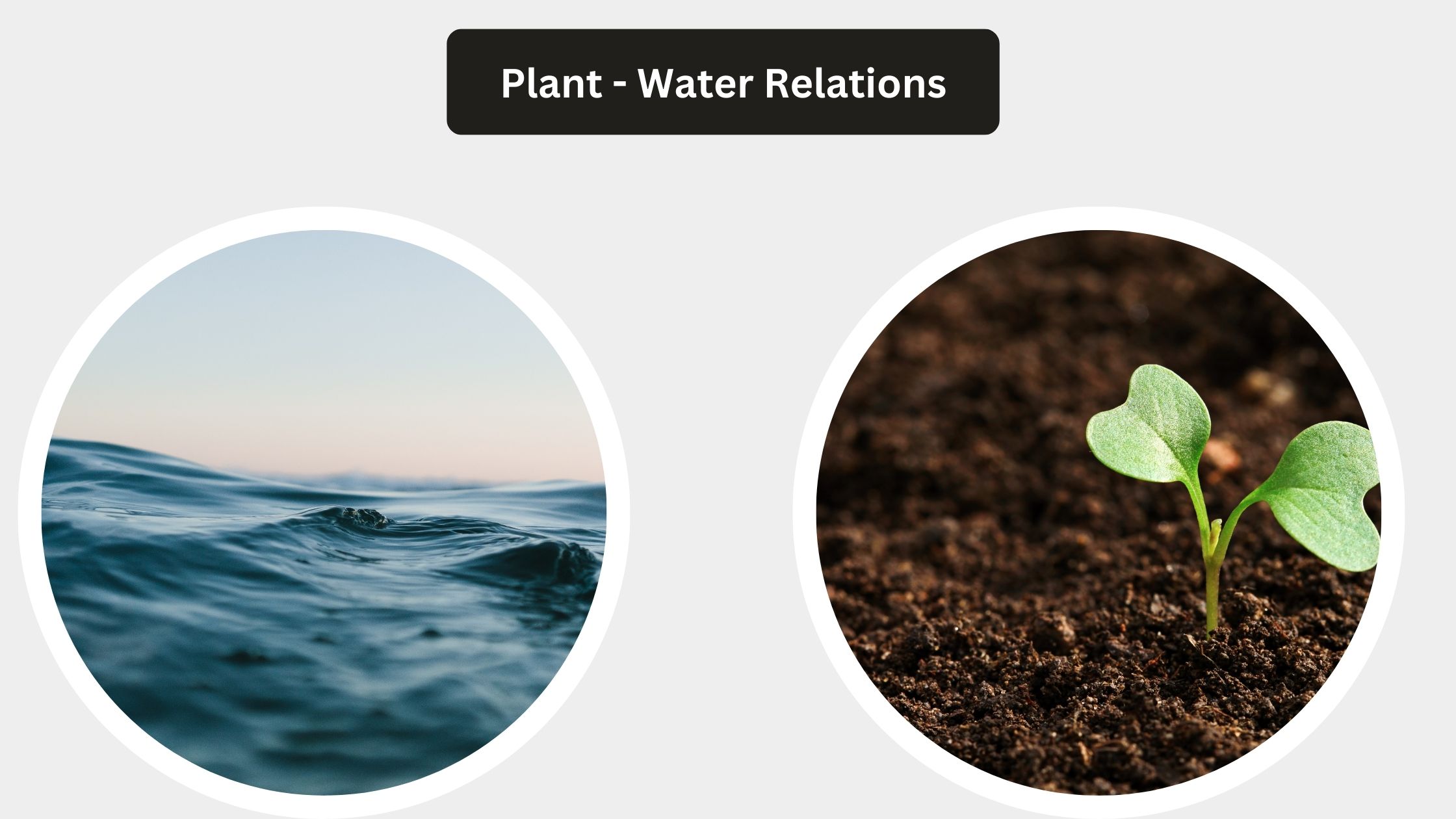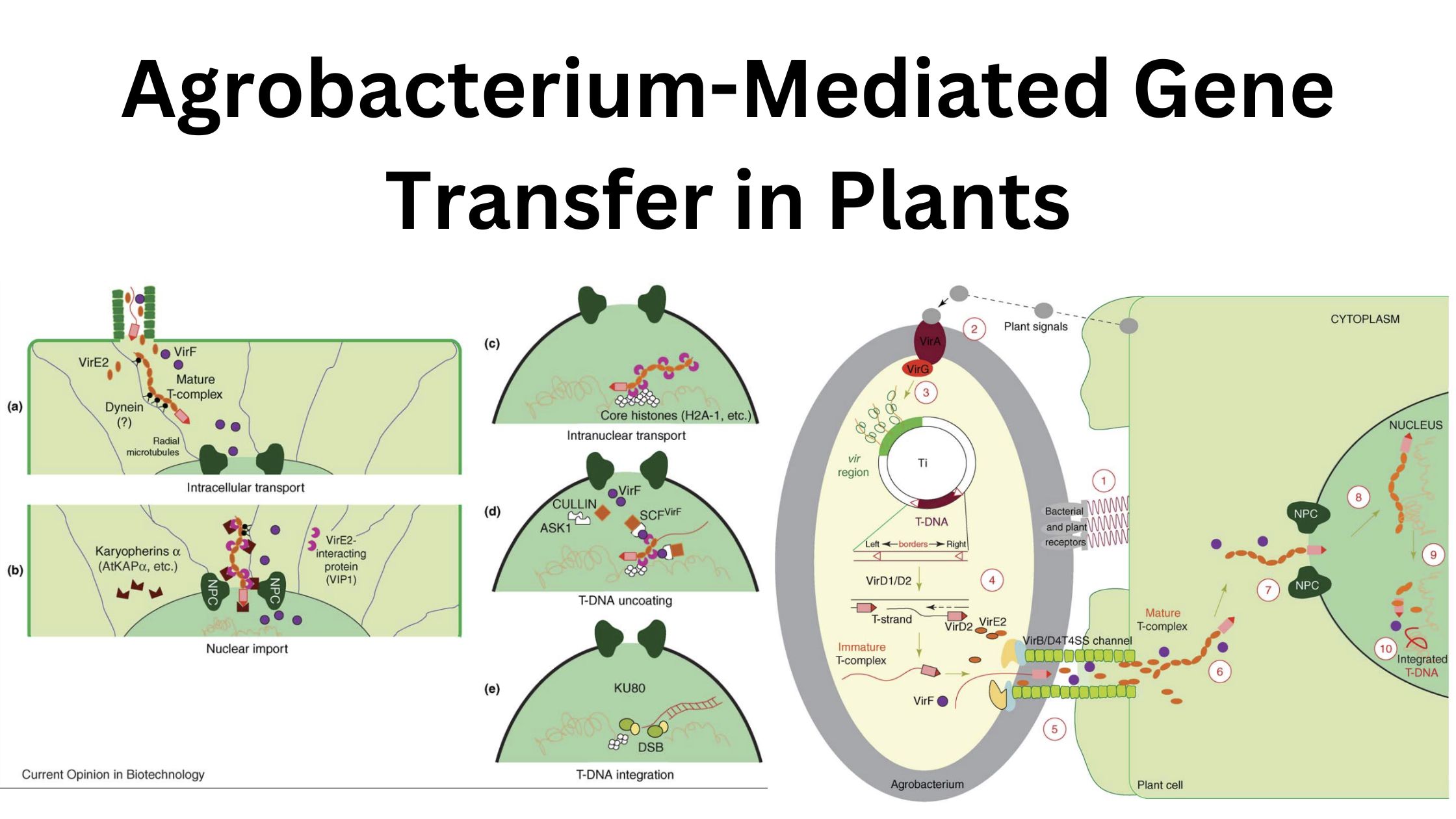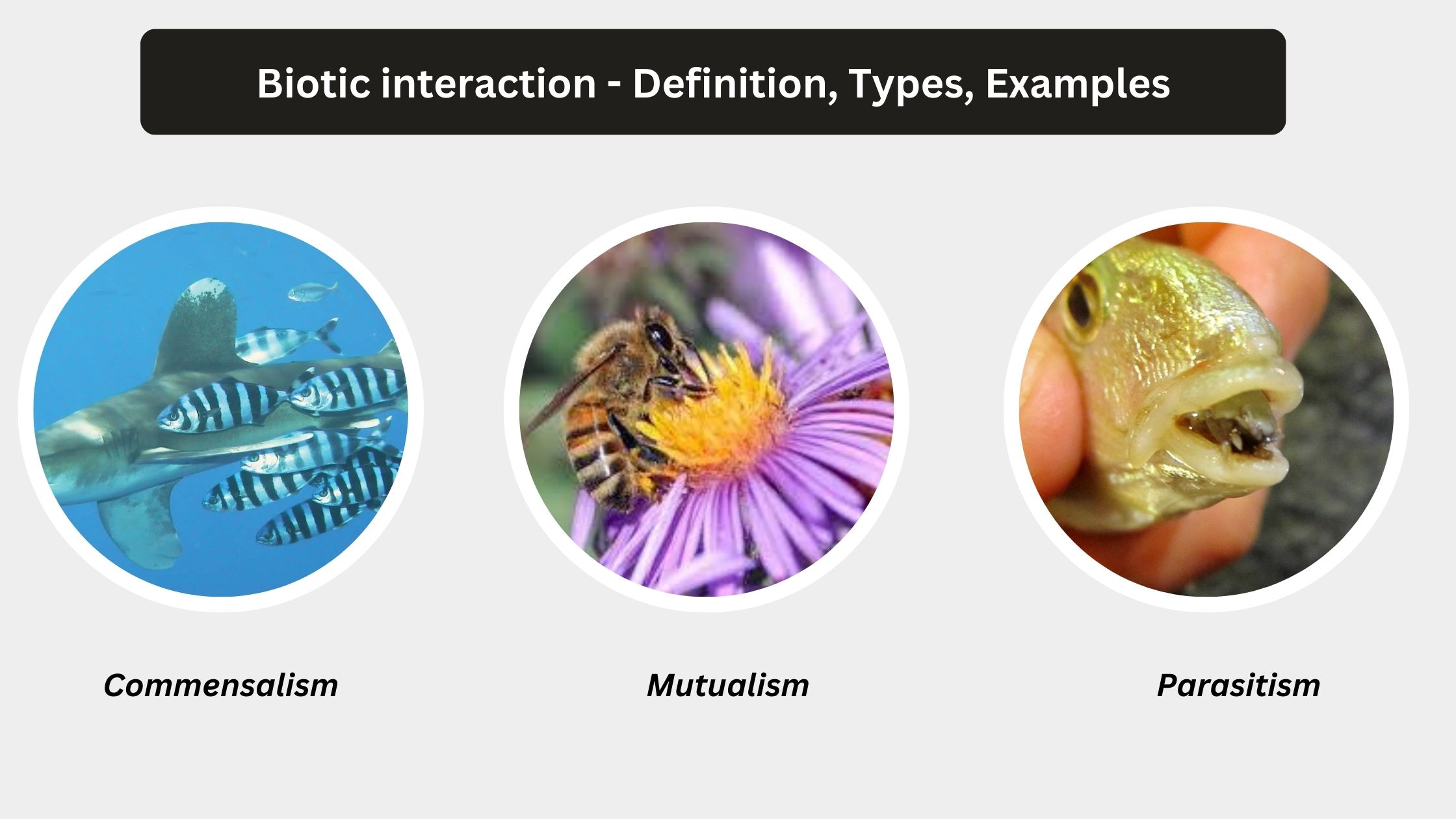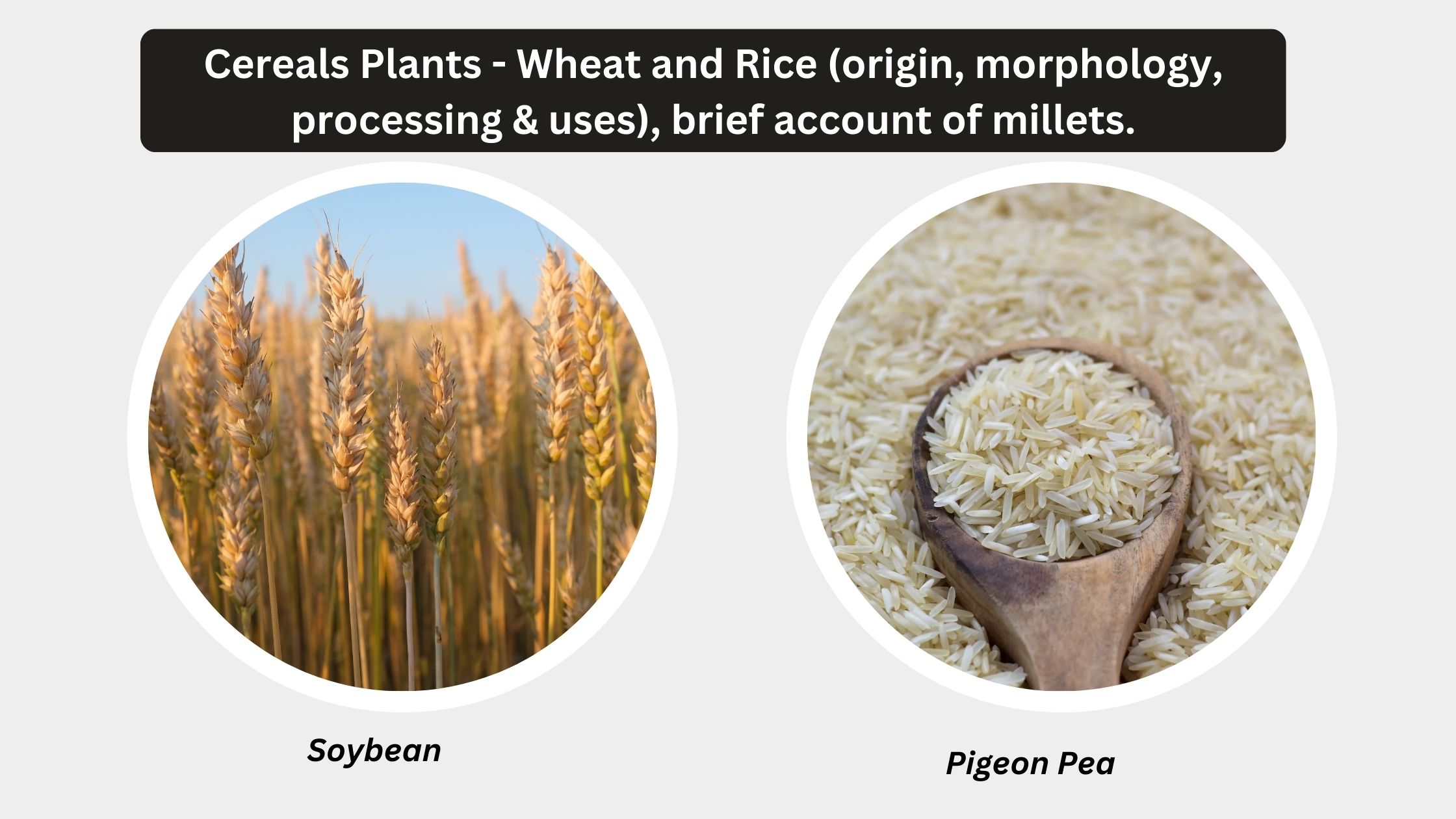Signal Transduction in Plants
What is Signal Transduction? Historical Context of Signal Transduction in Plants The study of signal transduction in plants has undergone significant evolution, informed by technological advancements, developments in molecular biology, and an increased understanding of plant physiology. This narrative highlights key milestones in the historical context of this field, illustrating how insights into plant signaling … Read more

